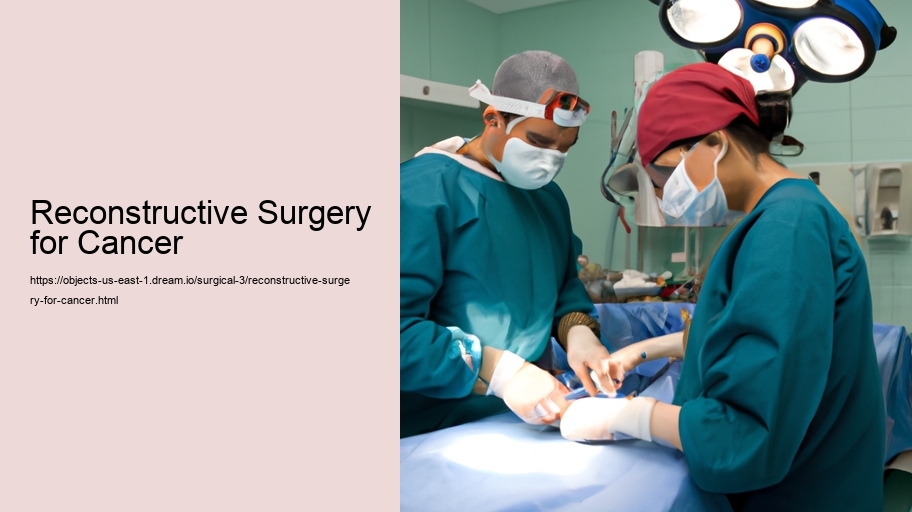Reconstructive surgery for cancer forms an integral part of the healing journey for many patients who have undergone surgeries to remove cancerous tumors. The primary goal of cancer treatment is to rid the body of the disease, but the aftermath often leaves individuals facing physical changes that can impact their self-image, functionality, and overall quality of life. This is where reconstructive surgery steps in, aiming to restore the form and function of the affected body parts, helping patients to heal not only physically but emotionally as well.
Cancer and its treatments can lead to significant alterations in the body. For example, mastectomies, which involve the removal of one or both breasts in the treatment of breast cancer, can profoundly affect a woman's body image and sense of femininity. Similarly, head and neck surgeries can alter a person's appearance and ability to speak or swallow, and the removal of tissue in other parts of the body, like the limbs or the torso, can impair mobility and function. Reconstructive surgery seeks to minimize these impacts by using a variety of surgical techniques to reshape and rebuild.
One of the most well-known reconstructive surgeries is breast reconstruction. This can be done using implants or by autologous tissue reconstruction, which uses tissue from other parts of the patient's body to recreate the breast. Each approach has its own set of indications, benefits, and risks, and the choice often depends on the patient's preferences, body shape, previous treatments, and overall health.
Beyond the physical restoration, the psychosocial benefits of reconstructive surgery are immense. The restoration of a more natural appearance can significantly boost a patient's self-esteem and body image. For many, it marks the final chapter in a long and arduous battle with cancer, allowing them to move forward and reclaim their lives.
The timing of reconstructive surgery can vary. It can be immediate, occurring during the same surgery as the tumor removal, or it can be delayed until after the patient has fully recovered from the cancer surgery and any additional treatments such as chemotherapy or radiation. Immediate reconstruction has the advantage of reducing the number of surgeries and anesthesia exposures, but it's not always possible or the best option depending on the patient's health and treatment plan.
Reconstructive surgery is not without its challenges and risks. It requires careful planning by a multidisciplinary team that includes oncologists, surgeons, and other specialists to ensure the best outcome. The patient's health status, the stage of cancer, and the type of cancer treatment must all be taken into consideration. Moreover, as with any surgery, there are risks of complications such as infection, poor wound healing, and reactions to anesthesia. However, for many patients, the potential benefits of improved appearance, comfort, and self-confidence outweigh these risks.
In conclusion, reconstructive surgery for cancer is a vital aspect of the care continuum for individuals who have undergone surgeries to eliminate cancer. It not only addresses the physical deformities caused by cancer treatments but also plays a critical role in enhancing the psychological well-being of survivors. As advances in surgical techniques and technology continue to evolve, the possibilities for reconstruction will broaden, offering hope and improved quality of life for cancer patients. Through the delicate artistry and medical expertise of reconstructive surgeons, patients can look forward to a future where the scars of cancer are not the defining features of their bodies or their experiences.
